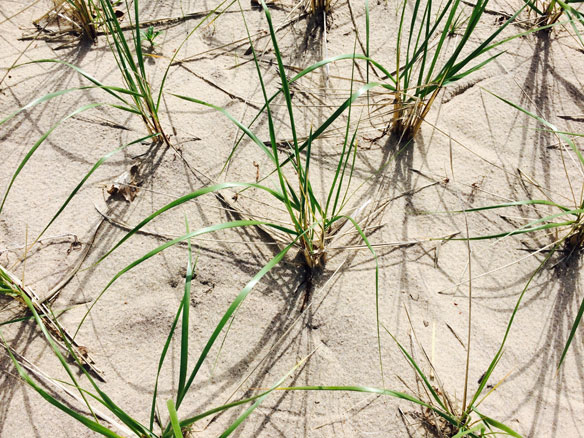
Coastal restoration, living shorelines. Photograph: © SAF — Coastal Care
Excerpts;
The state of North Carolina is well on its way to making it easier for property owners to build living shorelines, as it approved Feb. 27, the final adoption of temporary rule 15A NCAC 7H .2700 general permit for construction of riprap sills for wetland enhancement in estuarine and public trust waters.
Marsh sills, a type of living shoreline usually built parallel to the shore and typically made of native materials such as plants or oyster shells, are built in conjunction with existing, created or restored wetlands, to stabilize estuarine shorelines, lessen erosion and improve habitats…
Read Full Article; Coastal Review (03-01-2019)
Rethinking Living Shorelines, By Orrin H. Pilkey, Rob Young, Norma Longo, and Andy Coburn;Program for the Study of Developed Shorelines / Western Carolina University, March 1, 2012, Nicholas School of the Environment, Duke University
In response to the detrimental environmental impacts caused by traditional erosion control structures, environmental groups, state and federal resource management agencies, now advocate an approach known as “Living Shorelines”that embraces the use of natural habitat elements such as indigenous vegetation, to stabilize and protect eroding shorelines.
A softer approach, living shorelines as an alternative to a hardened coast; PortCity (05-12-2018)
NOAA Study Finds Marshes, Reefs, Beaches Can Enhance Coastal Resilience, NOAA (04-29-2015)
NOAA study finds ‘living shorelines’ can lessen climate change’s effects, NOAA (12-22-2015)
Living Shorelines: Better Than Bulkheads, Coastal Review Online (02-08-2016)
More than 14,000 miles – 14 percent of continental U.S. coastline — has been armored with hardened structures. Hardened structures cause elevated rates of erosion on the shoreward side of the structure…








